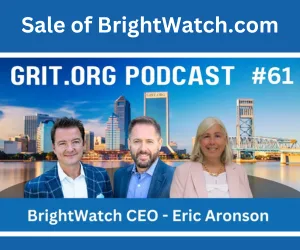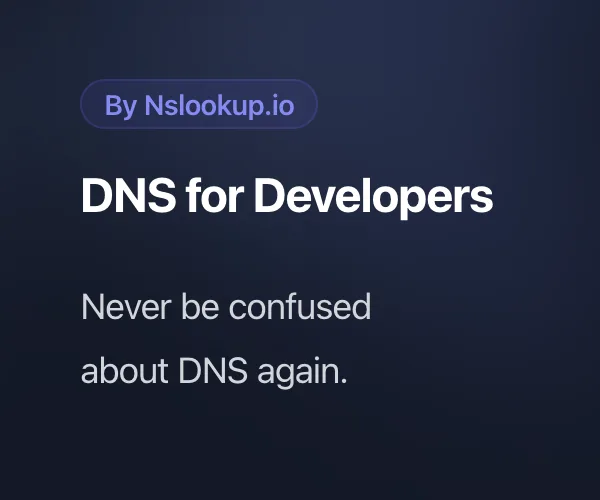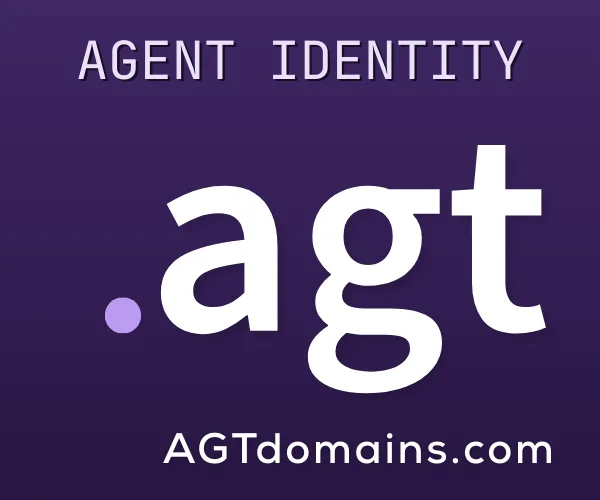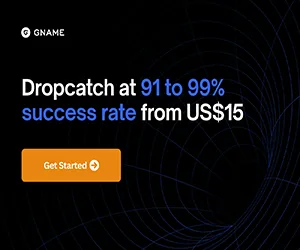Ethan Schmidt is the founder and Chief Technology Officer of GymBull.com, a new online community dedicated to fitness. On GymBull, gyms, personal trainers, and athletes can easily search, share, and save workout and nutrition information. It is a great way for those in the fitness industry to boost their online presence and showcase their talents, and it is an extrememly usefull resource for anyone looking for a collection of varied and specific workouts and meal to improve their personal performance.
Mike: Ethan, tell me about GymBull.com. What makes your site unique from other fitness sites or social media platforms?
Ethan: Mike, the short answer is that unlike other social media platforms, GymBull is specifically designed for fitness enthusiasts; unlike other fitness-related sites, GymBull is fully-fledged, even-level community. Whereas on Facebook of Twitter or Instagram, where many people still find fitness content, users must sift through millions of cat pictures and political screeds to find workouts and meal recipes and he content creators must fight through these same distractions to reach their audience, on GymBull there is no such noise; everything is exactly what you're looking for from a fitness perspective. In that same vein, GymBull is a real community that crowd-sources all of its information. Other fitness sites are carefully controlled and curated content from only a few select contributors, and this severely restricts the themes of the content; users have to go to one site for good meal recipes, another for bodybuilding routines, another for interval training, and so on. However, on GymBull all these stream from various trainers and diverse gyms are in one place. On GymBull, anyone can be a leading fitness influencer by the nature and quality of their content alone.
Mike: Who is the end user of the site?
Ethan: As I mentioned above, GymBull.com is designed to connect two groups of end-users: the content creators and the content consumers. It gives gyms and personal trainers around the world a platform to connect with both existing clients as well as a wider audience. These trainers don't have to hassle with setting up their own corner of the internet and fighting for views; it's all here from them on GymBull in front of a user base eager for what they have to publish. As for the other half of the users, GymBull is designed to search, save, and share workouts and meals easily and efficiently on a mobile web application that you can take to the gym and beyond. Looking for a 12-week routine that gets you beach-body ready for summer? Follow one on GymBull; How about a single 90-minute routine that will focus on clean & jerk form? It's here, too; Don't know exactly what you're looking for? Hit the "random" button as much as you like until something suits your fancy.
Mike: You mentioned that you coded the site yourself. What are the pros and cons of doing this? Were you a coder before you designed the site?
Ethan: I was not a programmer or developer before GymBull.com; I had spent six years as a Surface Warfare Officer in the US Navy. However, I have always been an avid gym-goer and was increasingly frustrated with how fitness information was being produced on the web. By building this application myself, I retained as much creative control as I needed to get it off the ground, but now I've opened up the source code on GitHub an consider all open-sourced contributions. In this way the community that uses the platform can build the platform itself , strengthening the engagement needed to make GymBull a lasting project. I do not think I could have achieved what I wanted by hiring an third-party development agency; certainly not for the price that I built it myself, which was absolutely free.
Mike: What went into choosing the name GymBull.com? What does it represent to you and to your users?
Ethan: I wanted a name that was unique, concise, and informative. I spent a lot of time thinking of one that also had a relevant, open domain-name and a relatively clear search results. GymBull relates a perfect notion of strength that inspires our users. It's memorable, pronounceable, and easy to brand with our logo, a bull.
Mike: How do you make money on the site? I don't see any paid subscriptions or advertisements?
Ethan: I don't make money on GymBull.com; in fact, I'm out a few bucks a month in server hosting fees. Profitability is not something I have seriously considered yet; the first and foremost goal is to create a great place on the web to share fitness information. GymBull will always be centered around that focus, however, the fitness industry generates 80 billion dollars a year in the U.S. and carries a dedicated buy base. If in the future GymBull is stable enough to support sponsored and targeted content, that can be an avenue to consider.
Mike: Everyone wants to be fit, yet few of us want to put in the effort. What's the best piece of advice you have for the general population?
Ethan: My best advise to the general public would be to have realistic goals and then just show up. Few people will ever go from a couch potato to an Olympic athlete, but that doesn't mean that they can't lose five to ten pounds. Maybe going from the typical American diet to full paleo-caveman is too daunting, but it's still beneficial to cut out one thing, like soda, and that's certainly more doable. The same little steps go for working out, as well; Don't expect to run a marathon right away, but just putting on gym shorts and walking around the block a few times is a great start and may progress into something more formidable down the line. But you won't ever get there if you don't start now.
Mike: How have you been promoting the site and building a user base? Has this been a challenge?
Ethan: I would say that this has been the most challenging aspect of this project for me. Much of the modern web follows the 10% rule of content-creation; i.e. out of everyone who visits a site, only 10% will sign up for a dedicated profile, and out of those users, only 10% will publish their own content for others. Those are razor-thin returns on the demographics we need to generate enough content for entice others to join. However, we've fought tooth-and-nail for the users that we do have through online and print media, as well as more organic efforts like contributing to fitness publications and any other medium that potential users already consume. It's a slow process, for sure.
Mike: Were you the first to register the domain name? If not, what was the process you went through to purchase it?
Ethan: I was the first to own GymBull.com; this was one of the primary concerns in deciding on a name in the first place. Domain registry, server hosting, and other aspects of of development operations can be a complicated journey, sometimes even more so than developing the source code itself. It's another aspect that I have not ceded to an outside entity as of yet, because this ownership and control is paramount to me at this stage. Eventually, however, I would like to take a set back from the electron logistics and completely focus on the site itself, But I don't see that happening for a while.
If you like this post and want to sponsor it on Domaining.com, click HERE.




